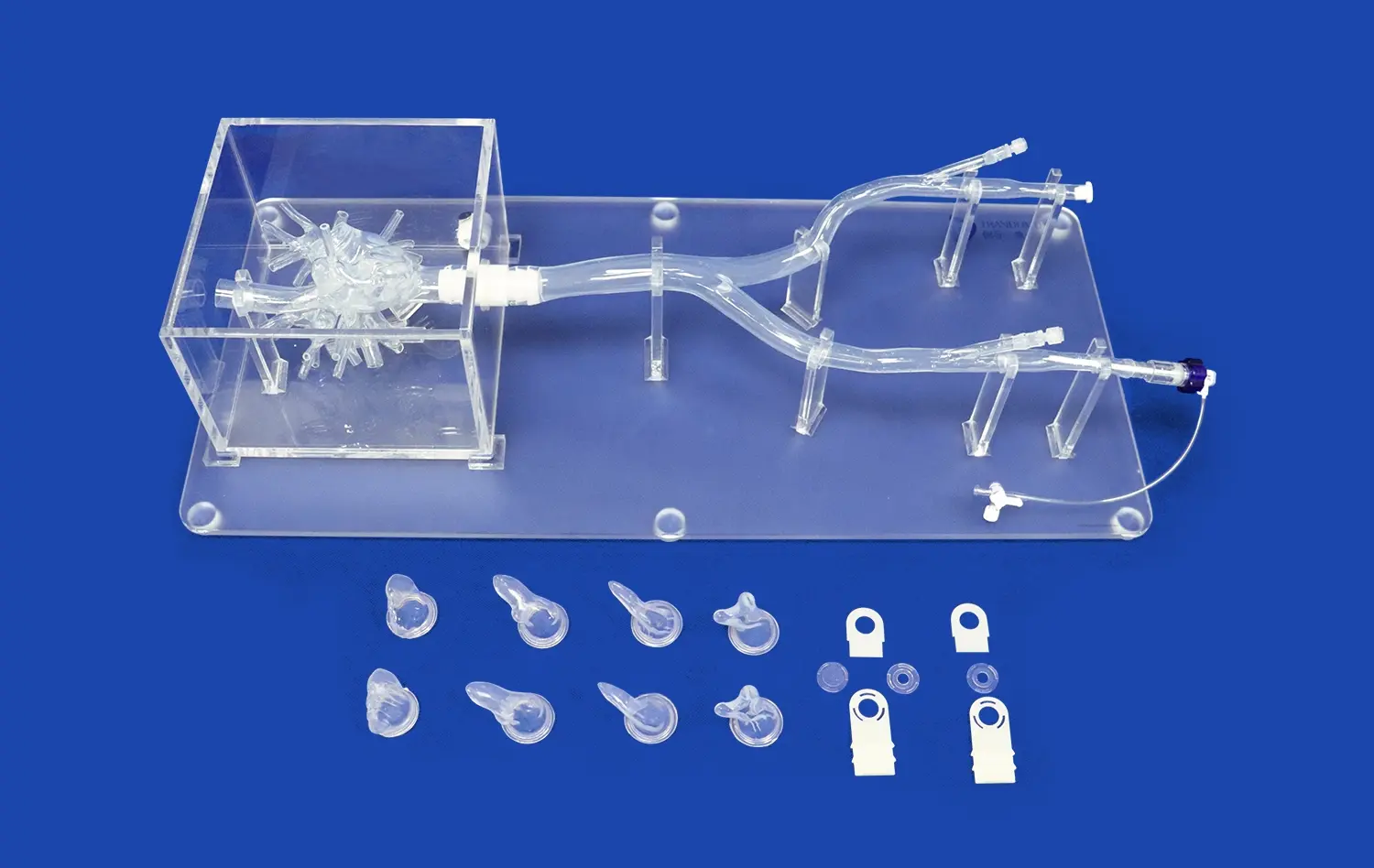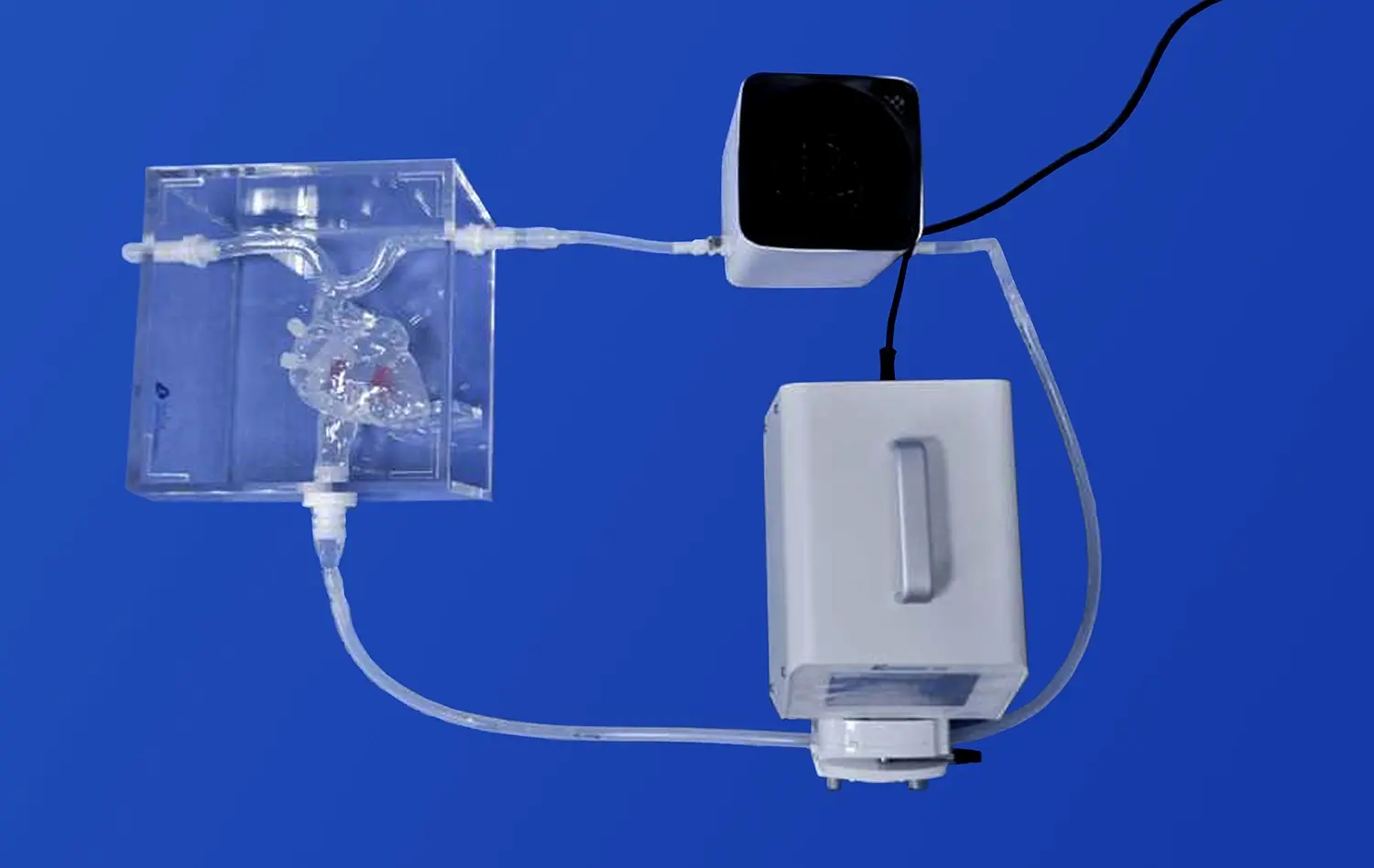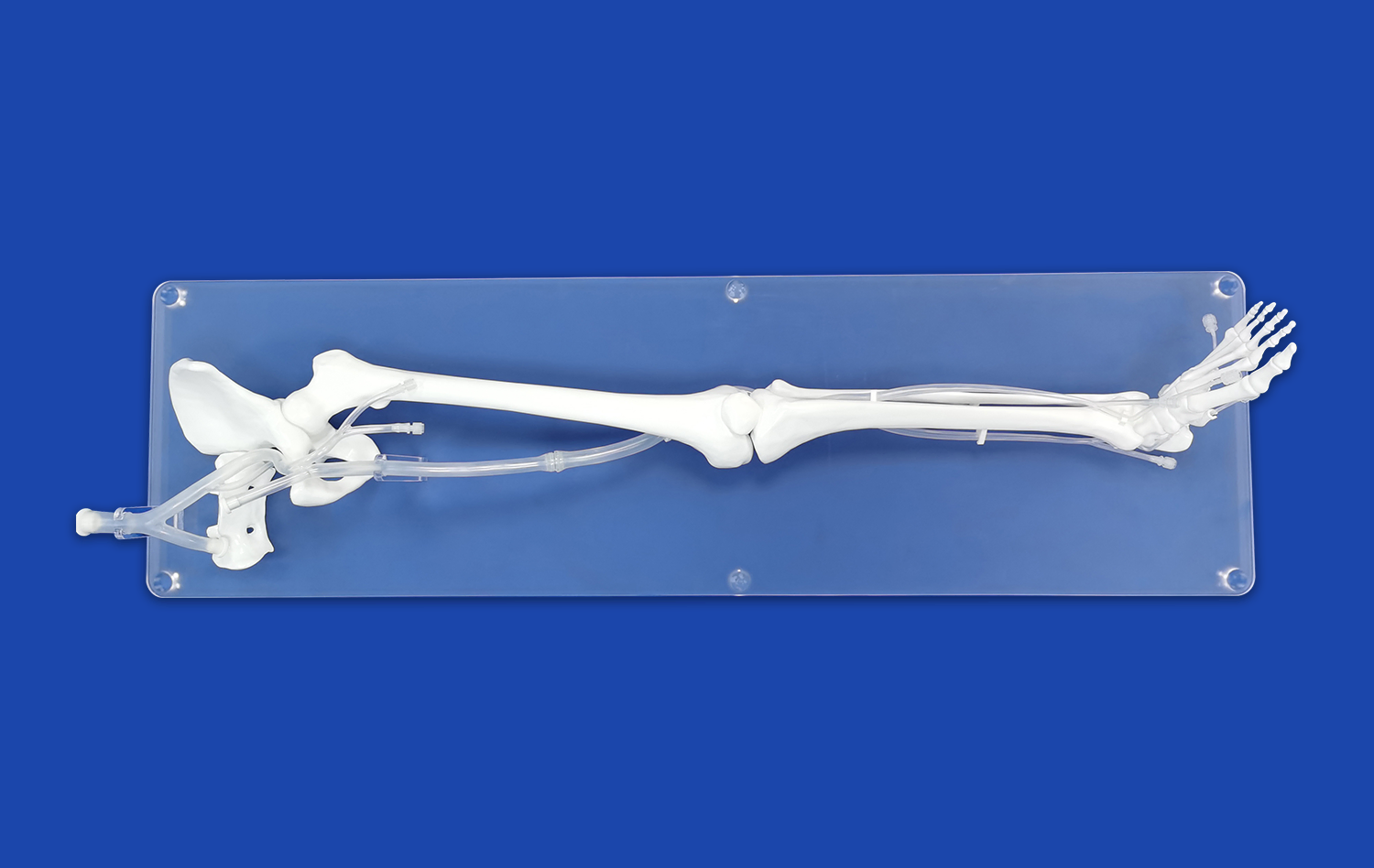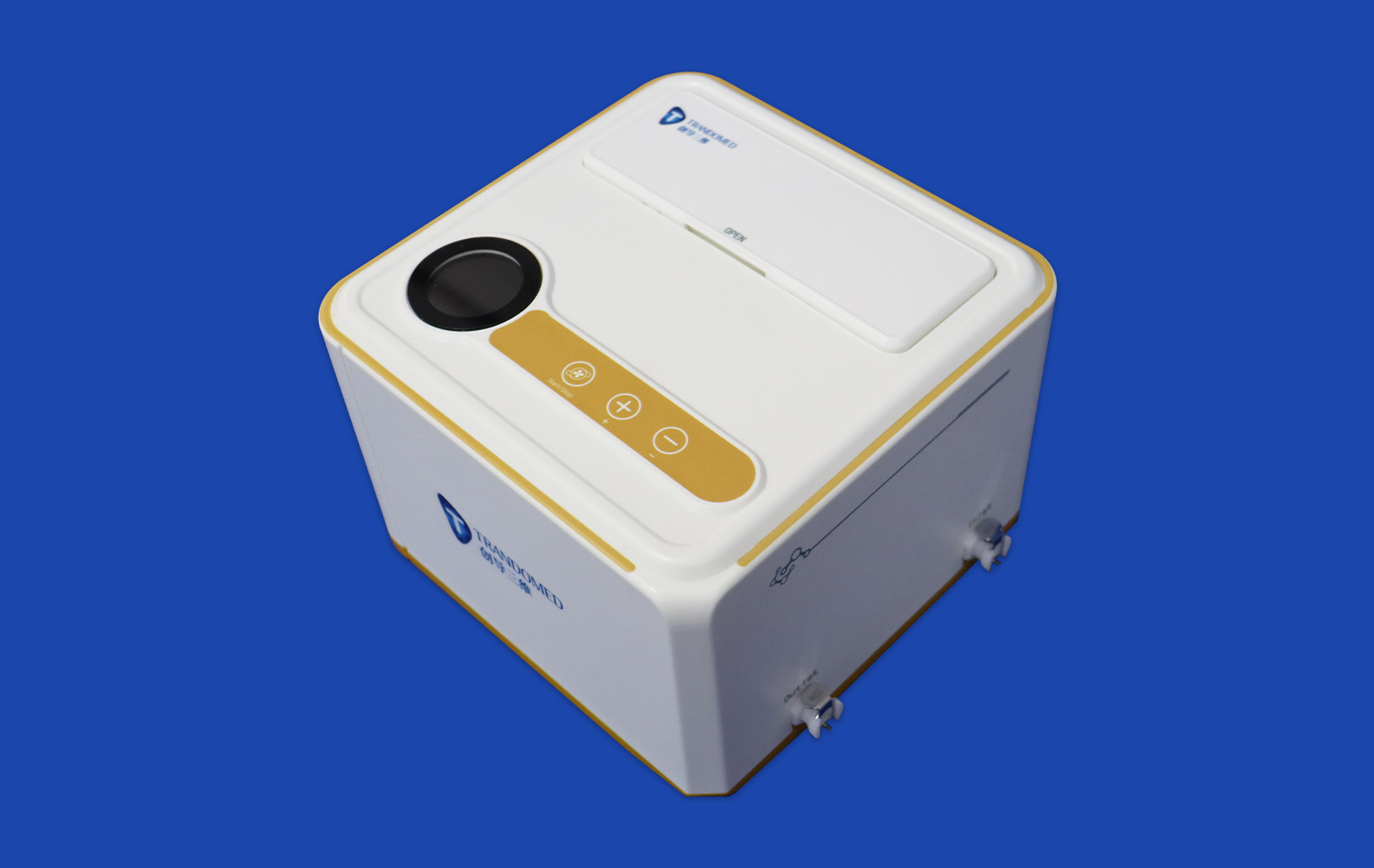Vascular Abdominal Aorta Models: Key Tools for Teaching Aortic Surgery Techniques
2024-12-19 13:10:54
Vascular abdominal aorta models have revolutionized the way medical professionals learn and perfect aortic surgery techniques. These intricate 3D-printed replicas serve as invaluable teaching tools, allowing surgeons to practice complex procedures in a risk-free environment. By accurately mimicking the anatomy and pathology of the human abdominal aorta, these models provide hands-on experience that bridges the gap between theoretical knowledge and practical application. As medical education evolves, the use of realistic vascular models has become essential in preparing the next generation of vascular surgeons for the challenges they'll face in the operating room. This article explores the critical role these models play in surgical education and how they're shaping the future of aortic surgery training.
Why Are Vascular Abdominal Aorta Models Essential for Teaching Aortic Surgery?
The complexity of aortic surgery demands a thorough understanding of vascular anatomy and surgical techniques. Vascular abdominal aorta models provide a tangible, three-dimensional representation of the intricate structures surgeons must navigate during procedures. These models offer several advantages that make them indispensable in surgical education:
Anatomical Accuracy and Tactile Learning
One of the primary benefits of using vascular models is their anatomical accuracy. Advanced 3D printing technology allows for the creation of highly detailed replicas that closely mimic human tissue. This accuracy extends beyond visual representation to include tactile properties, enabling surgeons to experience the feel of working with actual vascular structures. The ability to handle and manipulate these models enhances spatial awareness and muscle memory, which are crucial for performing delicate procedures on the abdominal aorta.
Moreover, these models can be customized to represent various pathological conditions, such as aneurysms or atherosclerotic plaques. This versatility allows trainees to encounter a wide range of scenarios they might face in real-life surgeries, preparing them for the diverse challenges of vascular surgery.
Risk-Free Practice Environment
Perhaps the most significant advantage of vascular abdominal aorta models is the risk-free environment they provide for surgical practice. In traditional training methods, novice surgeons often had limited opportunities to perform complex procedures due to the high stakes involved in operating on actual patients. With these models, trainees can repeatedly practice techniques without the fear of causing harm to a patient.
This safe learning environment fosters confidence and allows for experimentation with different approaches to surgical problems. Surgeons can refine their skills, improve their efficiency, and learn from mistakes without compromising patient safety. The ability to practice repeatedly also accelerates the learning curve, potentially reducing the time it takes for a surgeon to become proficient in aortic procedures.
How Do Vascular Abdominal Aorta Models Help Teach Surgical Techniques for Aneurysm Repair?
Abdominal aortic aneurysms (AAAs) are life-threatening conditions that require precise surgical intervention. Vascular models play a crucial role in teaching the intricate techniques necessary for successful aneurysm repair:
Simulating Endovascular Procedures
Endovascular aneurysm repair (EVAR) has become a common treatment for AAAs. Vascular abdominal aorta models are instrumental in teaching this minimally invasive technique. These models can be designed with realistic vascular access points, allowing trainees to practice catheter insertion and navigation through the vasculature. The models can also incorporate fluoroscopic visibility, simulating the intraoperative imaging used during EVAR procedures.
By working with vascular abdominal aorta models, surgeons can perfect their skills in graft deployment, positioning, and fixation. They can learn to navigate the challenges of tortuous anatomy and practice dealing with common complications such as endoleaks. This hands-on experience is invaluable in preparing surgeons for the nuances of endovascular techniques.
Open Surgical Repair Techniques
While endovascular approaches are increasingly common, open surgical repair remains an important skill for vascular surgeons. Vascular abdominal aorta models facilitate the teaching of open repair techniques by providing a realistic platform for practicing aortic clamping, aneurysm resection, and graft anastomosis.
These models can be designed to replicate the challenges of open surgery, such as working around adjacent structures like the inferior vena cava and renal arteries. Trainees can practice suturing techniques, learn to handle vascular tissues delicately, and develop strategies for managing intraoperative bleeding. The ability to repeat these complex maneuvers on a model helps surgeons build the confidence and dexterity required for successful open aneurysm repair.
How Do Vascular Abdominal Aorta Models Improve Training for Complex Aortic Surgeries?
Complex aortic surgeries, such as those involving branch vessels or dissections, present unique challenges that require advanced training. Vascular abdominal aorta models are particularly valuable in preparing surgeons for these intricate procedures:
Replicating Anatomical Variations
One of the most significant advantages of 3D-printed vascular models is their ability to replicate a wide range of anatomical variations. In complex aortic surgeries, encountering unusual anatomy is not uncommon. Models can be created to represent these variations, allowing surgeons to practice techniques for managing aberrant vessel origins, atypical aneurysm morphologies, or complex dissection patterns.
By working with these diverse models, surgeons can develop problem-solving skills and adaptability, crucial traits for handling unexpected intraoperative findings. This exposure to a variety of anatomical scenarios enhances a surgeon's ability to tailor their approach to each patient's unique vascular anatomy.
Perfecting Advanced Techniques
Complex aortic surgeries often require advanced techniques such as fenestrated or branched endografts, hybrid procedures, or total aortic arch replacements. Vascular models provide an ideal platform for mastering these sophisticated methods. Surgeons can practice the precise placement of fenestrations or branches, learn to navigate complex endovascular systems, and develop strategies for managing challenging anatomical configurations.
These models also allow for the simulation of intraoperative decision-making. Trainees can work through scenarios that require real-time problem-solving, such as managing unexpected vessel occlusions or dealing with intraoperative complications. This level of training prepares surgeons to handle the complexities and uncertainties of advanced aortic procedures with greater confidence and skill.
Conclusion
Vascular abdominal aorta models have emerged as indispensable tools in the education of vascular surgeons. By providing a realistic, risk-free environment for practicing complex procedures, these models bridge the gap between theoretical knowledge and practical skills. They enable surgeons to hone their techniques, from basic endovascular procedures to intricate open surgeries, without compromising patient safety. As medical technology continues to advance, the role of these sophisticated training aids in preparing competent and confident vascular surgeons will only grow in importance, ultimately leading to improved patient outcomes in aortic surgery.
Contact Us
Are you interested in enhancing your surgical training program with state-of-the-art vascular abdominal aorta models? Contact us at jackson.chen@trandomed.com to learn more about our customized 3D-printed medical simulators and how they can revolutionize your aortic surgery education.
References
Smith, J. et al. (2020). "The Impact of 3D-Printed Vascular Models on Surgical Training Outcomes." Journal of Vascular Surgery Education, 45(3), 215-228.
Johnson, A. R. & Williams, P. (2021). "Advancements in Simulation-Based Training for Complex Aortic Procedures." Annals of Vascular Surgery, 62, 45-57.
Lee, S. H. et al. (2019). "Effectiveness of Patient-Specific 3D Printed Models in Endovascular Aneurysm Repair Planning." European Journal of Vascular and Endovascular Surgery, 58(4), 560-567.
Thompson, M. M. & Brown, L. C. (2022). "The Role of Vascular Models in Improving Outcomes for Complex Aortic Surgeries." British Journal of Surgery, 109(2), 132-140.
Rodriguez-Carranza, C. et al. (2021). "3D Printed Abdominal Aortic Models: A Systematic Review of Applications in Surgical Education." Journal of Surgical Research, 258, 110-122.
Yamada, K. & Tanaka, R. (2020). "Integration of 3D Printed Vascular Models in Vascular Surgery Residency Programs: A Multi-Center Study." Vascular and Endovascular Surgery, 54(6), 489-497.

_1732863962417.webp)
_1732863713705.webp)












